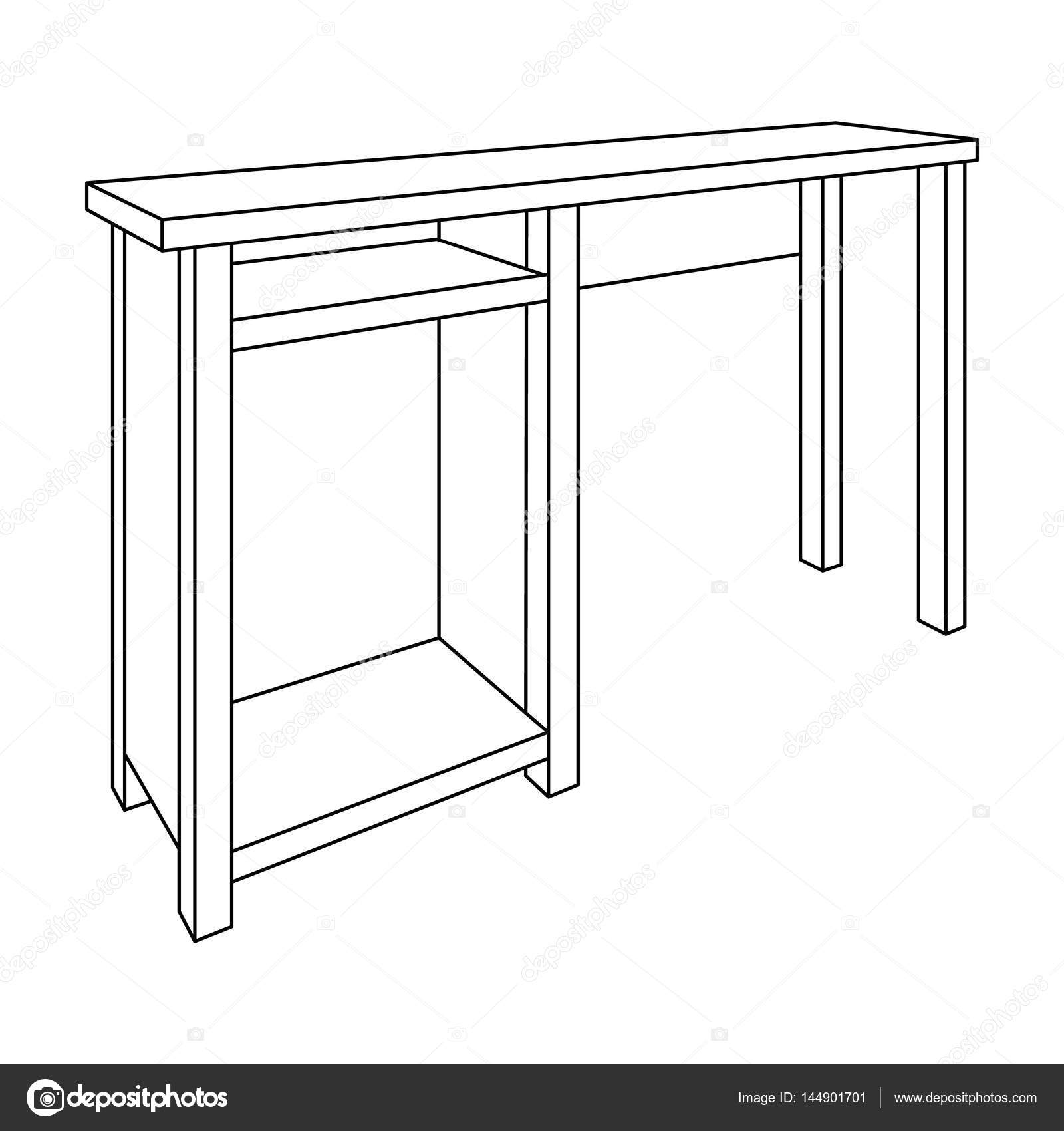Unveil The Interesting Expedition Of Reviving Old Cabinets, Unearthing Forgotten Stories And Untangling The Enigmas Of Yesteryears
Unveil The Interesting Expedition Of Reviving Old Cabinets, Unearthing Forgotten Stories And Untangling The Enigmas Of Yesteryears
Blog Article
Short Article Writer-Cunningham Donnelly
To begin the journey of bring back antique closets, you need a keen eye for detail. Visualize discovering covert keys within each layer of history embedded in the wood. Image the satisfaction of restoring a once-forgotten item to its previous magnificence. Every step of this careful procedure holds the crucial to preserving the past while creating a future antique. So, are visit our website ready to start this transformative venture and unlock the possibility of your antique cupboards?
Examining the Closet's Problem
When starting the restoration procedure, beginning by examining the condition of the antique cabinet. Very carefully examine the overall structure for any indications of damages such as splits, chips, or loosened joints. Check the wood for any kind of rot, bending, or insect problem that may have taken place with time. It's important to determine the level of the restoration required before continuing better.
Next off, check the closet's equipment such as joints, knobs, and locks. Make note of any missing out on items or components that require fixing or substitute. Guarantee that all equipment is working correctly and securely attached to the cupboard.
Additionally, assess the cabinet's coating. Try to find any type of scratches, discolorations, or staining that might impact the visual charm. cabinet maker out if the surface needs to be stripped and reapplied or if an easy touch-up will certainly be adequate.
Collecting the Required Tools and Materials
After evaluating the condition of the antique cabinet, the following action is to gather the essential devices and materials for the restoration procedure. Before you begin, guarantee you have the adhering to items on hand:
- wood cleaner
- sandpaper in various grits
- wood filler
- paint or wood tarnish
- brushes
- gloves
- safety and security goggles
- a dirt mask
- a ground cloth
- a putty blade
- a hammer
- a screwdriver
- a hoover
These devices and products are necessary for an effective repair.
Recommended Webpage is essential for getting rid of years of dust and crud build-up, preparing the surface for sanding. Sandpaper of various grits aids in smoothing out flaws and preparing the wood for a brand-new surface. Timber filler comes in handy for fixing any kind of fractures, openings, or damages present in the closet.
Repaint or wood stain, together with brushes, allow you to personalize the cabinet to your choice. Keep in mind to use handwear covers, security goggles, and a dust mask for protection. Put down a drop cloth to safeguard your workplace, and make use of a hoover to clean up any debris.
With these tools and materials collected, you're ready to start the restoration process.
Executing the Reconstruction Refine
To successfully implement the restoration procedure on your antique closet, begin by completely cleaning up the surface with the timber cleaner. This step is crucial as it aids get rid of years of dirt, gunk, and old polish that might have gathered externally.
Once the cupboard is tidy and completely dry, evaluate the problem of the timber. Seek any splits, scratches, or other damages that require to be dealt with. Use wood filler to fix any type of imperfections, making certain to match the filler color to the timber tone for a smooth surface.
After the fixings have actually dried out, carefully sand the whole surface to create a smooth and even base for the new coating. Be careful not to sand as well boldy, as you don't intend to damage the timber beneath.
Once the sanding is full, apply a timber tarnish or finish of your option, adhering to the maker's directions. Enable the coating to completely dry totally before using a protective leading layer to make certain the long life of your brought back antique cabinet.
Conclusion
Now that you have actually finished the reconstruction process, your antique cupboard looks just as good as new.
By adhering to the step-by-step guide, you had the ability to assess, repair, and boost its condition with ease.
With a fresh finish and safety top coat, your cherished item will continue to radiate for several years ahead.
Appreciate the appeal of your restored antique closet!
